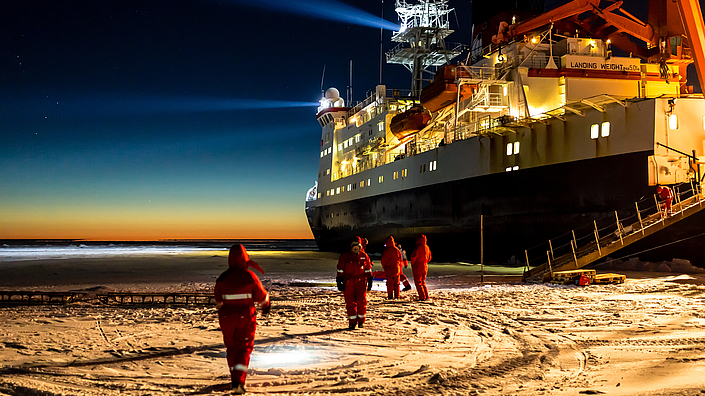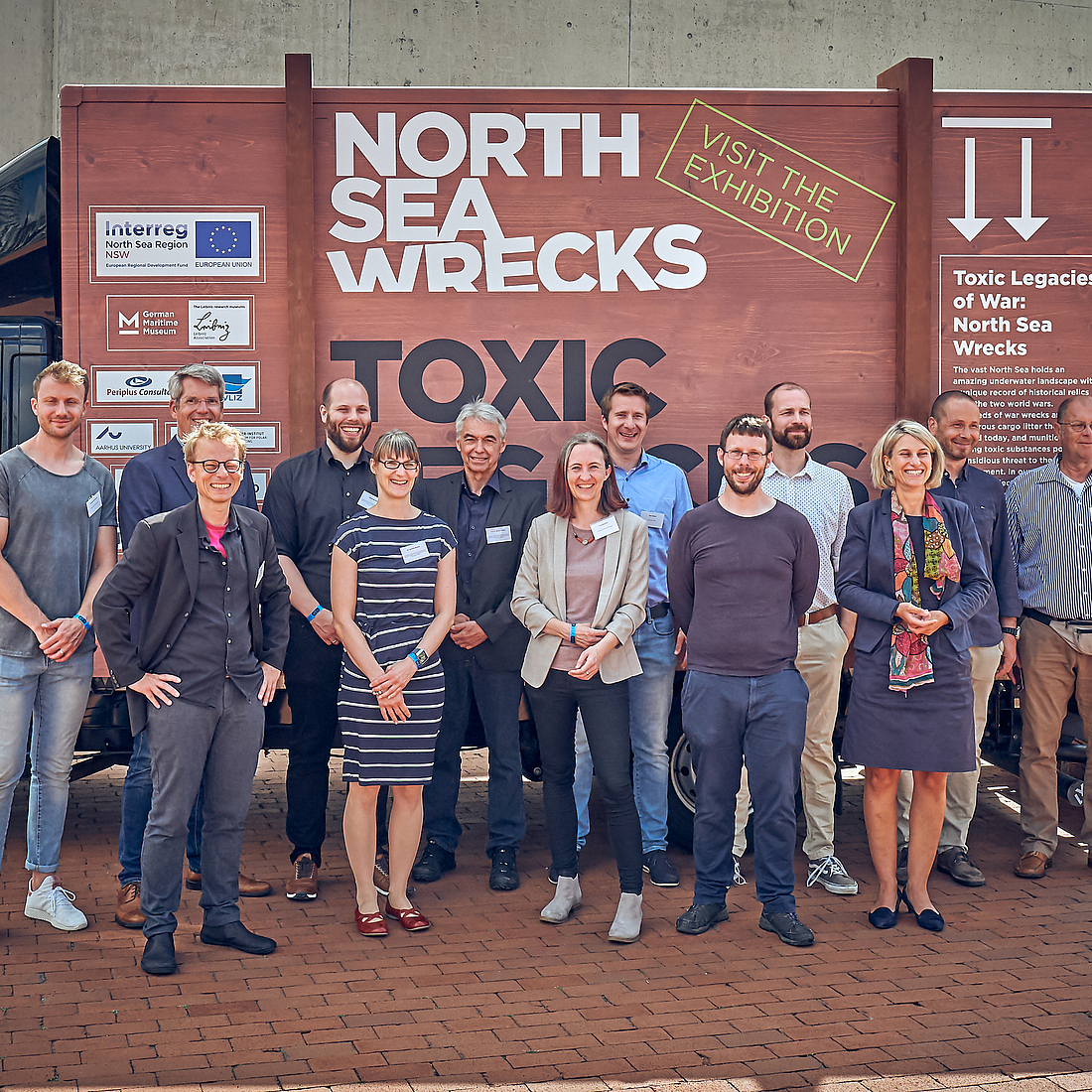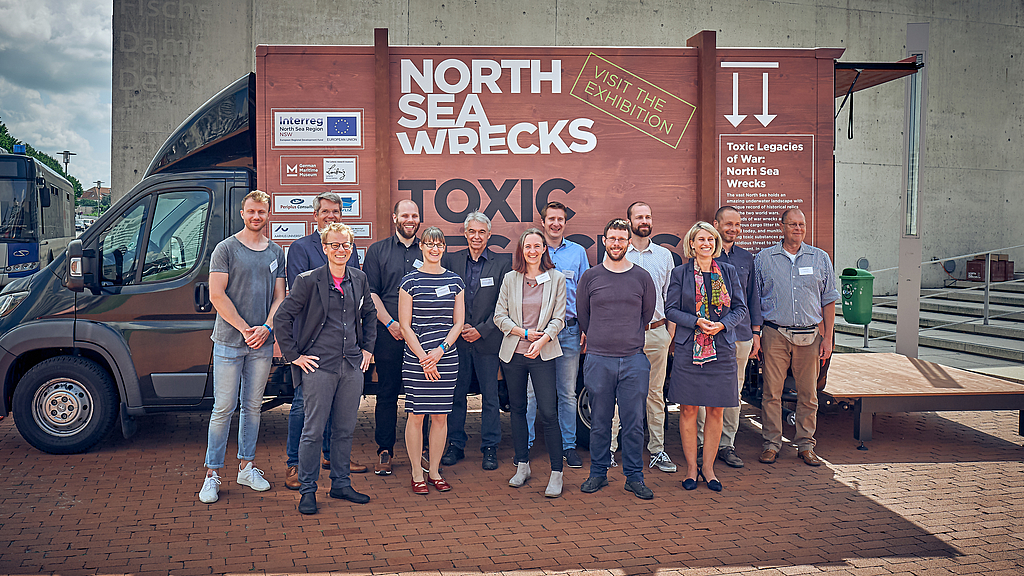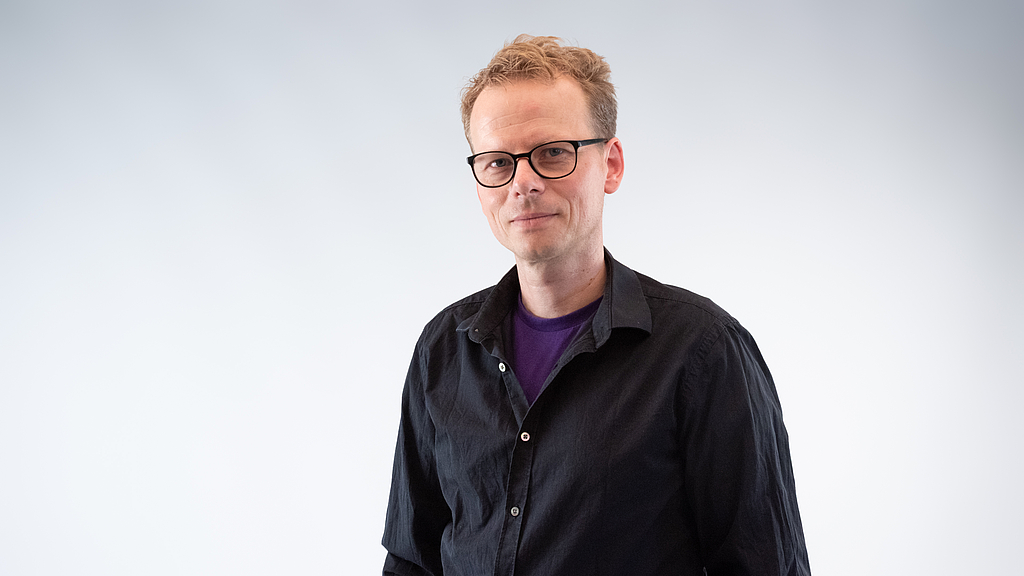North Sea Wrecks - an European research project
Where are the wrecks and ammunition in the North Sea? What dangers do they pose to people and the environment? What is the story behind them? We want to answer these questions. The project sought to answer these questions between 2018 and June 2023.
Hundreds of ship and aircraft wrecks lie at the bottom of the North Sea, not least because of the two world wars. In addition, there are thousands of tonnes of conventional and chemical munitions dumped on the high seas or near the coast. The wrecks themselves, their cargoes and fuel tanks as well as the ammunition are both obstacles to shipping and sources of toxic substances as well as explosive objects. They therefore pose a threat to people and the environment, but also to so-called Blue Growth Operations, such as commercial and private shipping, tourism, aquaculture and the off-shore wind farms.
Where exactly do these dangers lurk? What effects on the environment have already been observed and what is the potential danger that the war legacies will pose to the flora and fauna of the North Sea in the future? We want to answer these and other questions together with scientists from almost all countries bordering the North Sea.
The problems of dumped ammunition, war wrecks and the resulting environmental pollution in the North Sea will be scientifically researched as well as politically and historically processed. To this end, we are working together across borders and on an interdisciplinary basis. The project since July 2023 continued under the name "REMARCO".
Interreg North Sea Region – North Sea Wrecks
An exhibition will bring the history and dangers of wrecks closer
Future research results should allow for a concrete risk assessment of specific marine areas. This assessment can be used for regional, national and international environmental and economic policy issues. However, we also want to use the research results to support an awareness campaign. With the help of this campaign, the topic is to be anchored in society and politics and put on the agenda of political decision-makers.
To this end, a touring exhibition is being developed under the leadership of the DSM. The exhibition will be shown in several European cities. With this exhibition we want to bring the results of research as well as the topic of wrecks and ammunition remnants in the sea to the public. The travelling exhibition will then be integrated into the future semi-permanent exhibition at the DSM in Bremerhaven. Our aim is to provide a sustainable and long-lasting presence for the topic of decaying war wrecks and decomposing ammunition in the sea.
The EU funds the research project
The "North Sea Wrecks" project has a budget of over 4 million euros and is supported by the EU through the Interreg programme. We coordinate it from Bremerhaven and enable a close cooperation of about 30 European project partners on several levels over a total period of 4 years.
DSM team:
Sven Bergmann (project manager and Curator NSW Exhibition)
Partner:
German Maritime Museum, Leibniz Institute for Maritime History (DE), Alfred-Wegener-Institute, Helmholtz-Centre for Polar and Marine Research (DE), Flanders Marine Institute (BE), Aarhus University - Department of Geoscience (DK), NHL Stenden University of Applied Sciences, Maritime Institute Willem Barentsz (NL), north.io GmbH (DE), Periplus Consultancy BV (NL), Norwegian Defense Research Establishment (NO), University Medical School Schleswig-Holstein, Institute of Toxicology and Pharmacology (DE)
Advisory Board:
Antwerp Maritime Academy (BE), Governor of Province West Flanders Belgium (BE), DAIMON and DAIMON2 project (PL), Federal Ministry of the Interior, Building and Community (DE), Flanders Heritage Agency (BE), Lower Saxony Ministry for the Environment, Energy, Building and Climate Protection (DE), Major Projects Foundation (AU)
Ministry of Defence (UK), Ministry of Education, Culture and Science, Agency for Cultural Heritage (NL), OSPAR Commission (UK), Norwegian Costal Administration (NO)
Schleswig-Holstein Ministry of Energy, Agriculture, the Environment, Nature and Digitalization –
MELUND (DE), Swedish Defence Research Agency (SE), Västra Götaland Region, Regional Coordination Marine Spatial Planning (SE)
Supporting Institutions:
Centre for Marine Sensors (ZfMarS), University Oldenburg (DE), City of Bremen Senator for Climate Protection, Environment, Mobility, Urban Development and Housing (DE), Chalmers University of Technology, Gothenburg (SE), Federal Archive, Military Archive Freiburg im Breisgau (DE), Federal Maritime and Hydrographic Agency (DE), German Aerospace Center, Institute for the Protection of Maritime Infrastructures (DE), Joint Secretariat - Interreg North Sea Region Programme (DK), Lower Saxony Ministry of the Interior and Sport (DE), Magistrate Bremerhaven (DE), Ministry of Environment and Food (DK), Royal Danish Navy – Ammunition Clearance Unit (DK), Sea War Museum Jutland (DK)
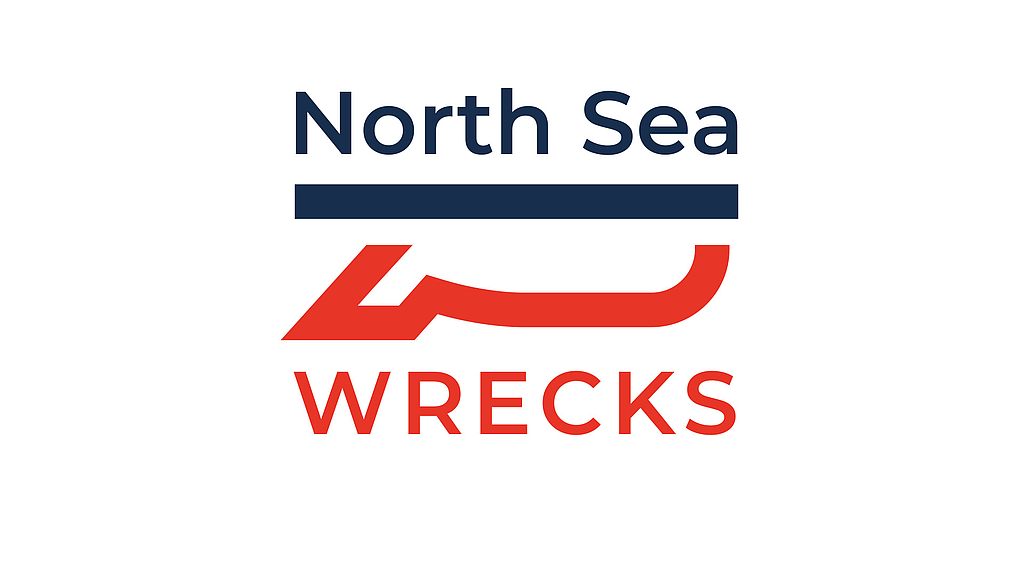
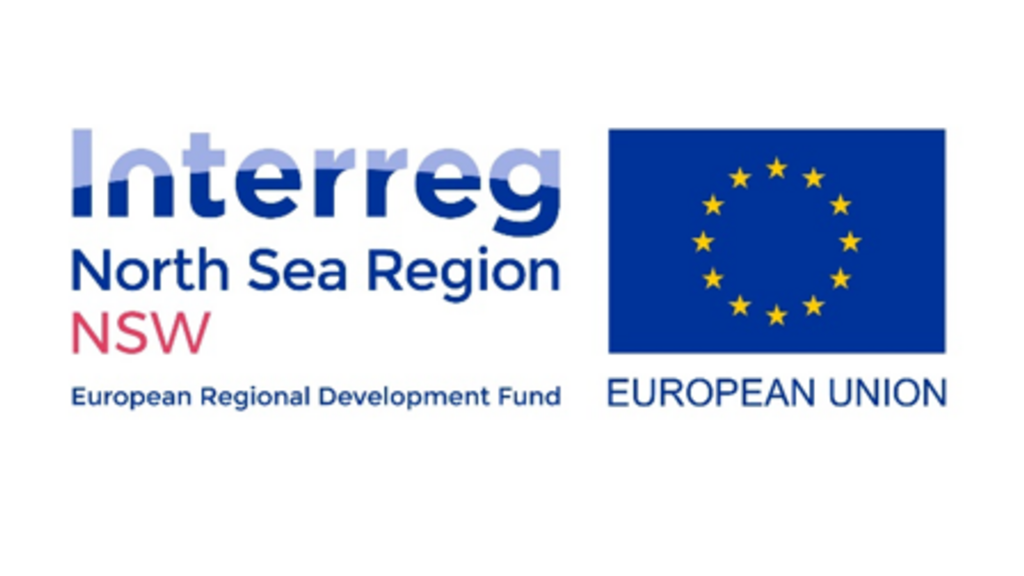
Project Exhibition
Related Contributions
-Shipping and environment
There are many interactions between shipping and the environment: Ships not only serve the use of the sea, in the Anthropocene they also contribute to global and irreversible changes in the oceans.
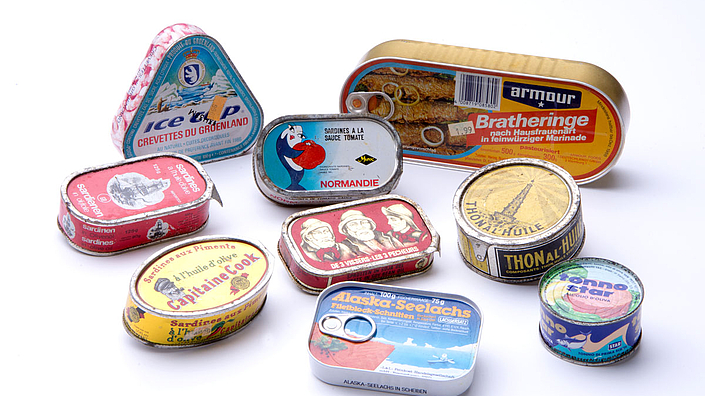
Shipping, Biodiversity and Globalisation
Global shipping has an impact on biodiversity. "Shipping and Biodiversity in the Age of Globalization" examines the role of ships in the Anthropocene.
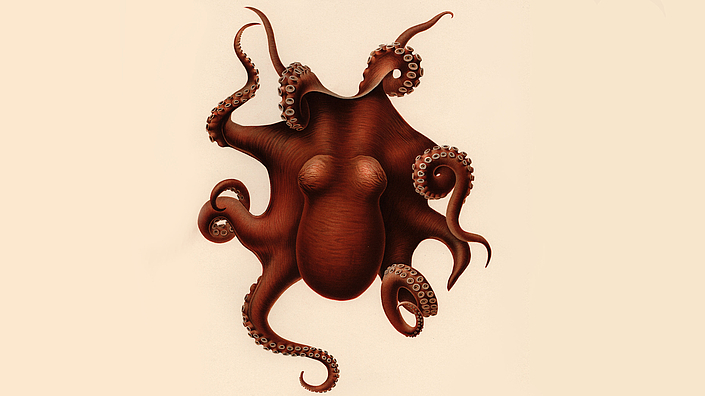
Ships, resources and the underwater environment
In our new exhibition we would like to tell you not only about fishermen, whalers and their ships, but also about changes in the oceans and sustainable use of the sea.
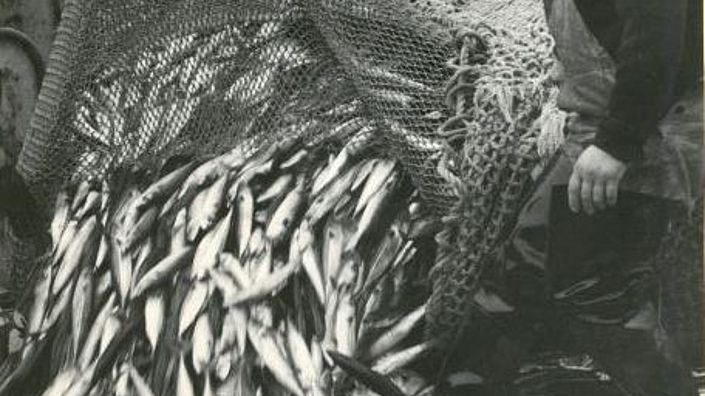
SEA CHANGES - World & Sea in change
Climate change is currently one of the most discussed problems of mankind.
